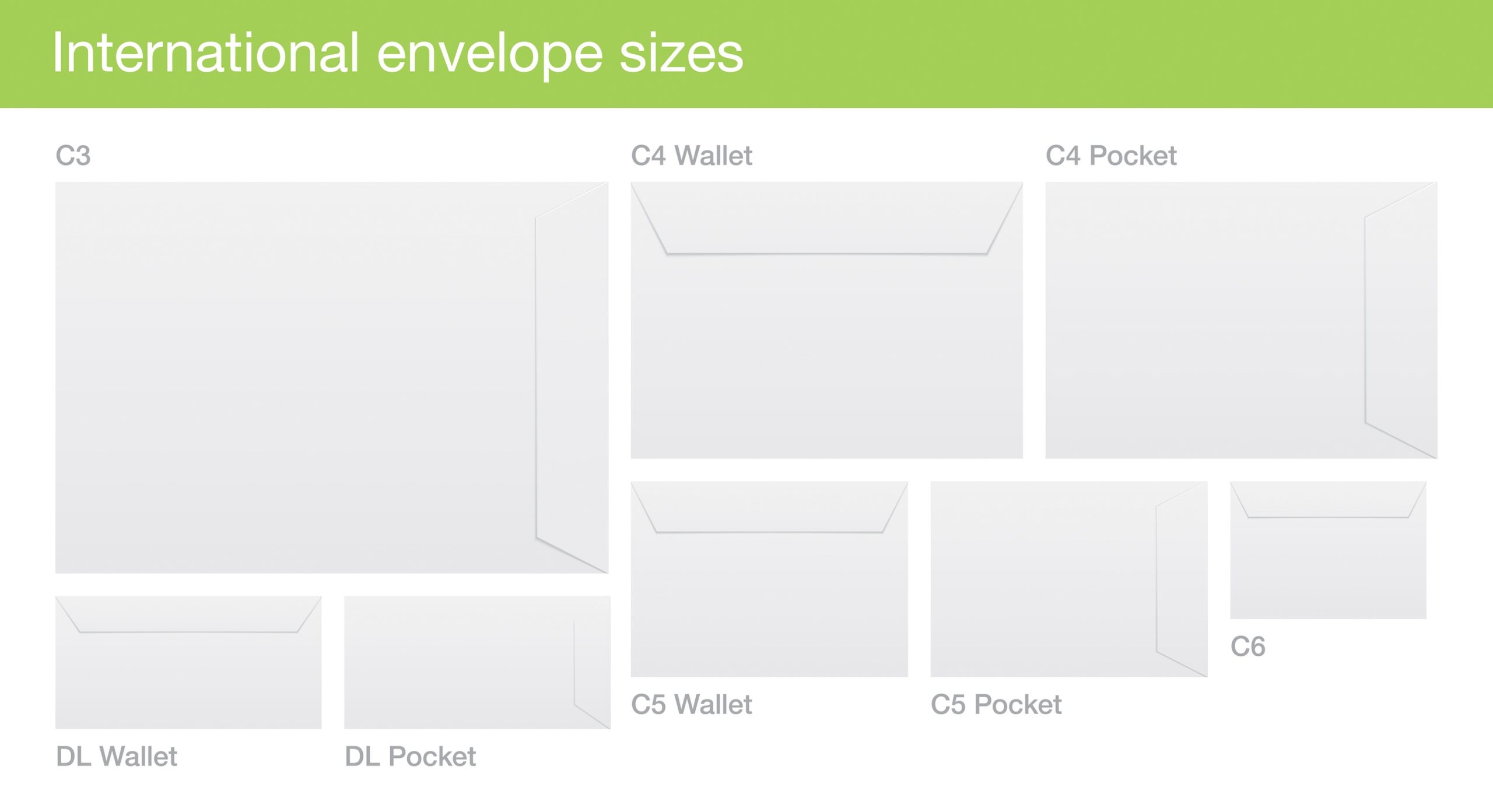Direct mail costs come in all shapes and sizes – as do the mailers themselves.
The single biggest cost of direct mail is often times the postage. Postage for a direct mail campaign can dwarf any other production cost. It’s one way to avoid making crushing mistakes in your direct mail campaigns.
Huge cost variance can occur in the slightest of details, so it’s wise to think through your production strategy as it pertains to restrictions our U.S. Postal Service (USPS) provides. Many factors need to be considered and addressed to ensure a cost-effective strategy for direct mail – postage rates, sizes, shapes and how to follow rules that can save you big.
Factors to consider to cut down the postage of direct mail costs:
Total Direct Mail Costs
Every aspect of the mailing process needs to be considered. For example, if you use a heavy envelope instead of a parcel, the cost is increased by 5 cents since the envelope is now considered a flat. However, you will also be saving 39 cents in postage. Paying attention to these minute cost details can help you save a substantial amount when using direct mail. Make yourself aware of the new USPS 2017 postage increases.
Related Post: How Much Does Direct Mail Cost?
Usage
How exactly does your company use direct mail? Sending letters and statements as flats might improve the aesthetic appeal of the document, but it also costs 39 cents more per piece. Ask yourself if looking pretty is a good enough justification for spending more money than you need on mailing. The USPS offers this guide when deciding on sizes and shapes.
Thickness is another factor that needs to be considered. If padded mail has a thickness of more than 0.75 inches, the mail is considered a parcel. This reduces the amount you could save using padded mail instead of a box, and is worth considering for your direct mail – postage rates/shapes how to save strategy.
Packaging
How efficiently you package your product before mailing has a significant effect on the ultimate cost. For instance, if you are shipping a box, it will be considered a parcel and cost more in terms of assembly and packing.
The new rules regarding thickness means padded mailers are no longer an effective substitute. If you decide to use mailers where the packing process can be automated, it could lower fulfillment and postage costs. A new set of guidelines have been put in place for encouraging uniform thickness for mail that would make machinability easier.
In the past, USPS used to charge the same rate for letter, flats and parcels. That was why companies were not concerned with efficient packaging. Now, however, thanks to the new rates, companies have started demanding customized packaging instead of standard mailers with huge gaps in the middle of the packing.
Using specialized mailers may cost more initially, but in the long run, they can cut down on costs by accommodating a range of capacities for efficient packaging. Postage costs are reduced as well as requirements of the inventory.
Downsizing
There’s a lot to be gained by simply fitting the mail into smaller parcels by folding the content. Some slight creasing that may occur can be worth it when you are able to save 39 cents for every piece of flat mailing. You can also convert parcels into flats for similar savings up to 13 ounces.
If you’re mailing bottles instead of letters, you can replace them with blister packs and use flats instead of boxes. Checkbooks, greeting cards, promotional items and more can be sent via parcels instead of boxes to save $0.33 per piece.

Marketing Design
You also need to pay attention to the format of the direct mail piece to reduce the cost of the campaign. Using a letter sized brochure costs more, but gives the same kind of value as a digest-sized piece of mail. The smaller size can bring mailing costs down from more than a dollar to less than 75 cents. Bulk mailing using this technique can help save tens of thousands of dollars for every 100,000 pieces of mail. Also thinking through shape – square pieces, for example, can significantly increase direct mail postage costs.
Using these methods for your direct mail strategy can ensure that the new guidelines do not force you to spend an exorbitant amount on your direct mail campaign.
Need help with your direct mail campaigns, mail fulfillment or other tangible marketing items?




